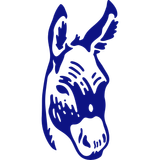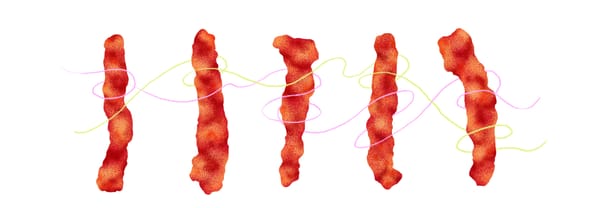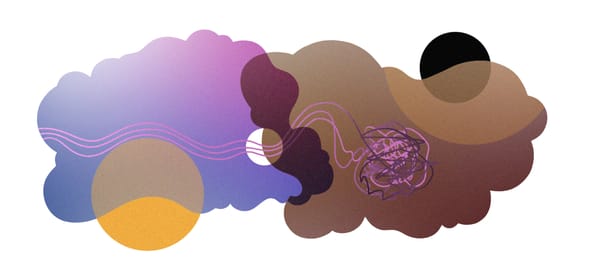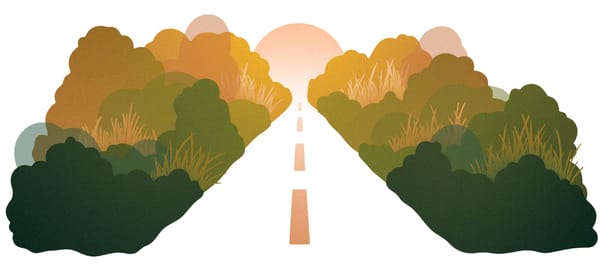The Sound of a Thing Carrying Doom
by Kosisochukwu W. Ugwuede | Night after night, it came.
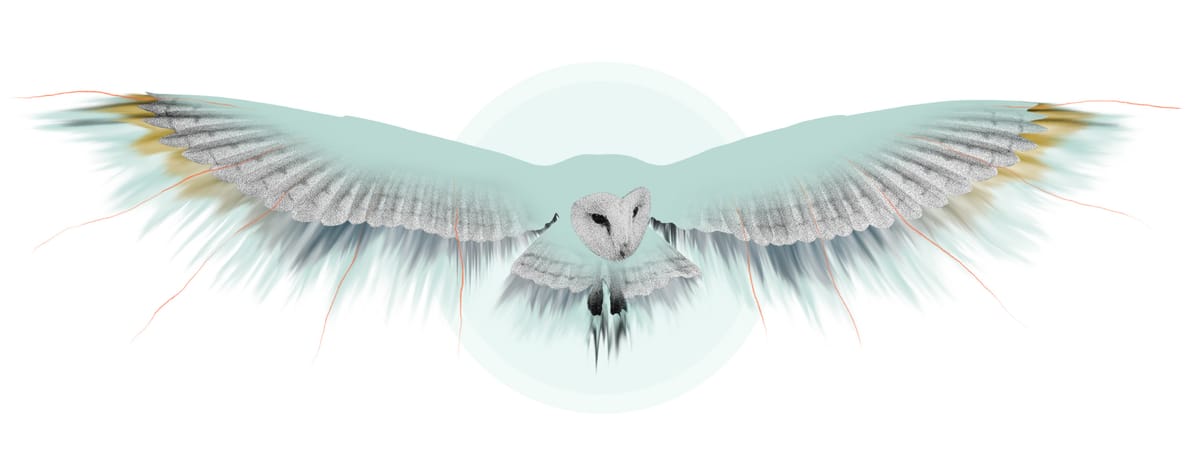
I: Arrival
Egrets presaged the start of harmattan. Then, when the children laid out large mattresses side by side on the rooftop of their incomplete new house and told folktales about cunning tortoises and proud lizards, they did not know to call the birds egrets. They lay in the cool of the evening, four, then five of them, counting stars, trying to best Abram and faltering at the formerly hidden stars making themselves known moment by moment, until they spread out like grains of sand on a seashore. Just as had been told Abram.
The egrets flew over the house in the late afternoons and early evenings just as the sun tucked itself in for the night. They flew east, in a near-perfect V, their white feathers glistening in the sun. The children tried to count them. One. Two. Three. Four. Fourteen. Fifteen. Sixt—and they were gone before the children numbered them all. They were fleeing the dry gusts of wind arriving from the Sahara. The harmattans in Enugu could be severe: dry air, red dust settling on everything unshrouded, a prickly heat sharp enough for a bird to stab a sibling to death with.
The children learned to call the egrets chekeleke and, in addition to counting them when they flew by, sang out to them. An adult must have relayed this lore; that if they sang a short, pleading chorus, the egrets would take whatever fingernails they had and give them a new set as white as its plumage. Why did they want white fingernails? What beguiling hands had they seen? It is hard to say. Lore was oftentimes nuggets of wisdom couched in nonsensical anthropomorphic anecdotes.
Years passed. Perhaps the egrets stopped migrating or they continued to migrate but were no longer paid any attention. In their stead, a different bird arrived, shrieking as it passed over the house. Whenever this new visitor flew past the house, the children’s mother gathered unseen terrors gliding on the wings of this nocturnal creature, bound them, tipped them into an endless fall with holy ghost fire billowing after. You may have snickered. You may have teased. It was only a bird. But, had you heard the shrieks, maybe not. It was a frightful thing, that sound. Every decibel, a bad omen. And it was heard night after night after night. It would leave your heart beating a little faster, your skin raised in tiny bumps, your lips quivering. It left a cold in your bones, a growing gloom constricting your chest.
II: Flight
About this bird, I know only two things: it is nocturnal and its shrieks are, in my and my mother’s ears, a high-pitched terror. I am desperate to learn its name. It is only when we name things that we can tell where they have come from, where they will go, what they are or will become. I listen to recording after recording on Xeno-canto, a birdsong repository curated by volunteers from around the world. There are a handful of recordings dotting the Nigerian map, one hundred and forty-six of them up north, from the University of Maiduguri. There are five entries titled “Western Barn Owl.” I make my way down the list, listening to birds chirping in the backdrop of a quiet day or night, the static of the recording device and the happenstance sounds of nature joining in harmony. That’s it! That’s it! That’s the bird! I listen again and again and again. There are more recordings from the West Usambara Mountains in Tanzania and the Entebbe Botanical Garden in Uganda. From Sinématiali and Korhogo in northern Côte d’Ivoire, even a highway in São Tomé and Príncipe. The call is unmistakable. It is a barn owl, scientific name Tyto alba.
Often, owls appear as frightful as lore makes them out to be, but the barn owl, I thought, was a rather eerily beautiful creature. In many photographs, adult barn owls appear stately with their apple-shaped face, round black eyes, and black spotted wings tucked into their bodies. Past the first few days/weeks since hatching—when owlets look like they have survived a dose of electric shock—younger barn owls appear “cute”: a catch-all term for animals whose appearance straddles the inanimate world of stuffed animals and the real, animated world of human beings. They glide weightlessly and turn their heads more than 270 degrees and have eye colors that can tell us, if we look, what kind of bird sounds they make. Like us, barn owls are also something of a cowardly breed, hiding out in tree trunks and nests that they did not build or camouflaging to avoid detection by predators. Their young are as helpless as infants can be and make food-begging calls when they are hungry. But they are also a family-oriented creature, with males bringing food to their partners and siblings feeding each other available chunks of rodent meat—when they are not consuming a weaker member of the household.
III: Roost
If you traced the path of my parents’ fiery rebuke of the barn owl, it would’ve found its roots partly in an ailing economy that saw our middle class fortunes flitter away like Job’s—partly in an effervescent Pentecostal community my mother brought us into and which was always at war with life’s vexations, and partly in the Nollywood films we gorged on in the early 2000s, where animals were two-way doors through which Evil infiltrated to drive one’s goodwill out.
These films borrowed from orature and Igbo cosmology, the notions that animals whose lives were lived in the dark often found employment with Evil through human mediums: witches and wizards. In these movies, poorly produced CGI snakes, cats, and birds did the bidding of vengeful mothers-in-law, envious uncles, wicked stepmothers, and greedy lovers. They arrived unsuspectingly, morphed in the dark to do the bidding of their masters, then transmuted back and scurried off. Shrouded in nighttime, the barn owl’s ghostly appearance, contrasting with the darkness it glided through, could easily be a Nollywood special effect intended to entertain but subtly evoking fear.
And did you know the barn owl can hear things at sonic ranges unfathomable to human ears? That it can find an unhindered path from its ears to its prey, that things heard are a portal through which death can make an entrance? Did you know that an adult barn owl, when it swoops in for a kill, can swallow a small rodent whole, dissolve it in stomach acid, and eject the harder, indigestible parts of the prey as pellets? Perhaps, my parents knew this without knowing the barn owl: that a small bird capable of swallowing something whole is to be feared because there is an outsized hunger it is trying to fill.
And so night falls. In a quiet Enugu neighborhood, a shriek rips into the stillness. My mother’s voice travels from her room to mine, through the silent house. She is addressing the barn owl now long gone. Holy ghost fire! Holy ghost fire! Holy ghost fire! She casts and binds the demons masquerading as a bird, commands them off into a bottomless pit.
They fall and fall and fall. And the screeching tears through the silence the night after. And after. And after. And after.
Kosisochukwu W. Ugwuede is an essayist, journalist, and photographer from Enugu, Nigeria. Her essays and photographs have been published in Lolwe, Diagram, Psaltery & Lyre, the Forge Literary Magazine, the Sole Adventurer, Bloomberg CityLab, and the Arkansas International, among several others. She is a graduate of Oregon State University’s MFA in nonfiction writing program and holds an undergraduate degree in microbiology and biochemistry from the University of Nigeria. Learn more at kwugwuede.com and @kugwuede.
This essay originally appeared in Diagram #23.3.
⚡ We’re declaring next month Flash February! Our special pop-up newsletter will provide you with small pieces of writing inspiration to keep you creating during the year’s shortest month. Opt-in here under “Manage Emails”.
Want more like this? Subscribe to Short Reads and get one fresh flash essay—for free—in your inbox every Wednesday.

